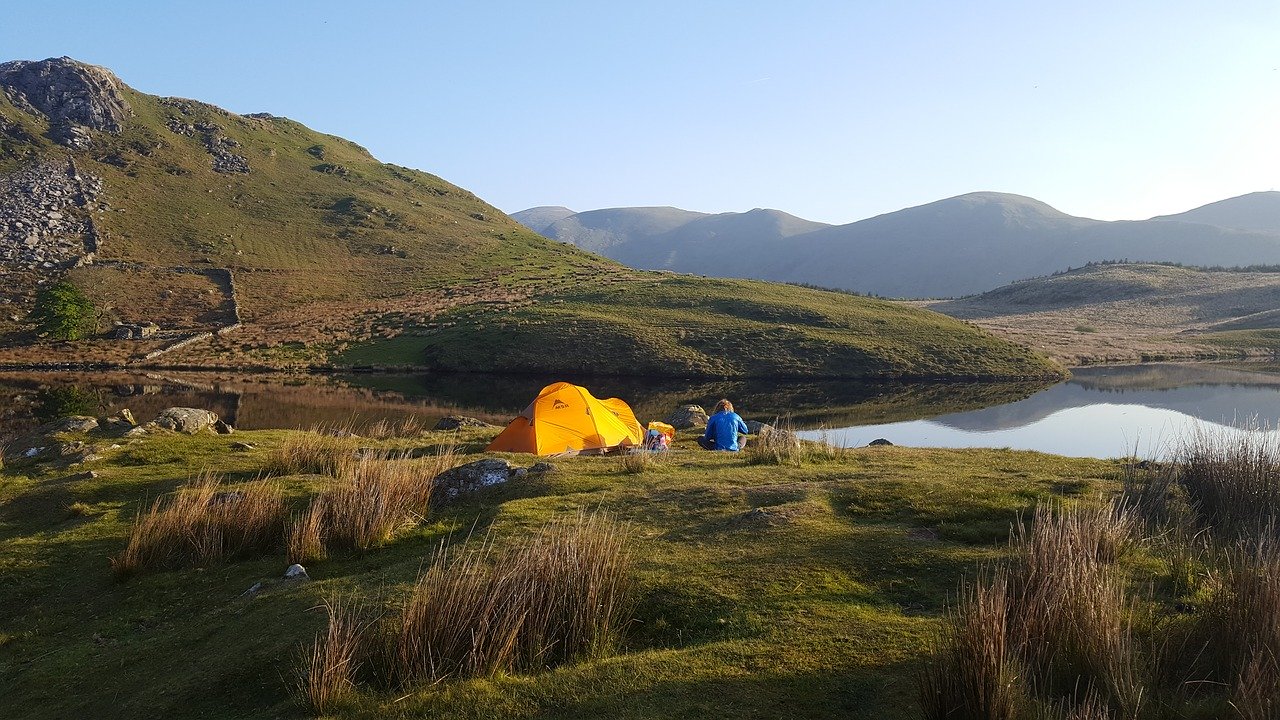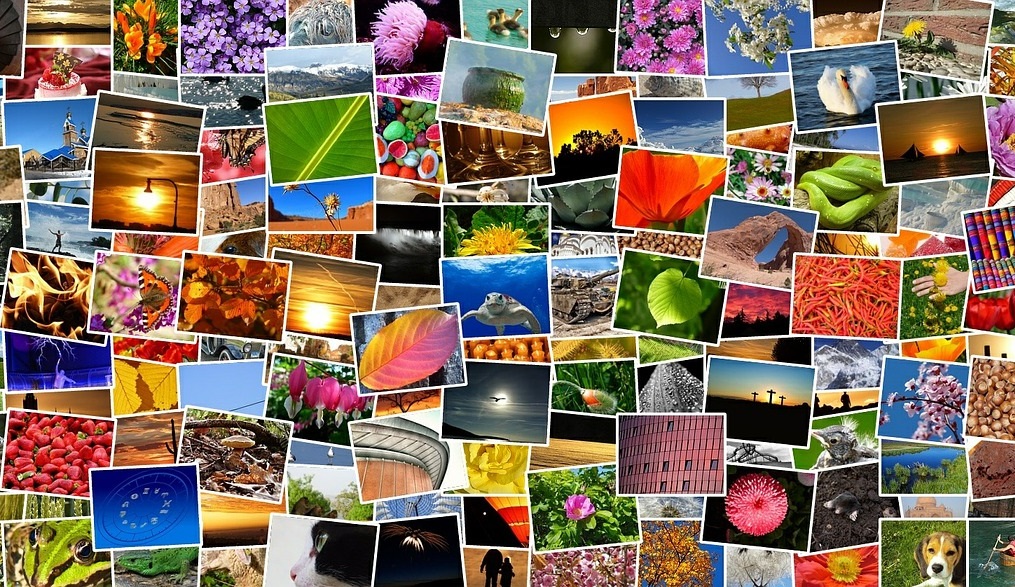If you need to create great travel content at the drop of a hat, it’s helpful to have built up a good store of ideas to draw on. And you’ll find that your own travels can be great starting point for a whole range of content ideas. The fact is, the concepts that make the most compelling pieces are often the ones that draw on your own experience.
Even if the holiday you’re about to go on might not seem like it’s going to be worth writing about, you just can’t know until you’ve been. That upcoming camping weekend in Wales could end up providing the source material for an irresistible pitch, a dazzling post for your company blog or even an award-winning travel feature (aim high!)
All too often, however, the key details that can make the difference between good and great travel writing end up lost in transit. That’s why it’s so important to gather everything you may need for your content during the trip itself.
Whether it’s you or a colleague that’s going away, follow our tips to turn the travel experiences into killer content…

Write a nightly summary
When you’re caught up in travelling, it can often seem unimaginable that you would ever forget the things that have happened to you. Unfortunately, most people’s memories simply can’t hold a detailed, chronological list of events covering multiple days. Without this, it can be a struggle to come up with a cohesive article or blog post.
Therefore, spend a little time each evening noting down a quick summary of all the key things that happened that day. Stick to the basics to avoid turning this into a chore; having a record of just the major activities, place names and rough descriptions of interesting people you’ve encountered should be enough to jog your memory later on.
Don’t be tempted to skip a night, as you may risk missing something important, or get out of the habit altogether. Instead, find a way to make this a soothing part of your travel routine; perhaps the last thing you do before bed, or an excuse to seek out a quiet local bar. Once it becomes a habit, you won’t be able to imagine not keeping notes.
Capture your thoughts
Your evening recap will ensure you don’t forget any major highlights, but new ideas may well pop up throughout the day as well. Keep a notebook – or even just your phone – to hand, in order to record any evocative phrases that pop into your mind as you’re exploring. It’s much easier to wax poetic about something when it’s actually in front of you. Even if you don’t plan on writing a particularly flowery piece, inspiration for turning your experiences into stand-out content can strike at the strangest of times. Always be prepared.
Listen to your senses
Being able to convey sensory experiences is essential when producing travel writing that will hold the attention of readers or potential customers. Train yourself to pay close attention to those physical sensations that are so powerful at the time but can so easily slip away. How many different fragrances can be detected in one fruit market? What common sounds are similar to the call of a specific seabird? Which particular muscles turn to soup after an intensive abseiling session? Take everything on board, and then – yep, you guessed it – jot it down.

Vary your photos
Whatever form your final piece might take, it will certainly be enhanced by photos. The type of photos required will vary. In the case of a blog, including some images showing you in front of the major landmarks mentioned can add some fun and personality to your writing. This can be particularly useful if the blog is located on a company website, as the photos will offer customers an insight into the human side behind the business. When it comes to longer feature pieces in print or online magazines, though, appearing in the pictures yourself might not always be considered appropriate. So make sure you take a wide variety of good, clear, well-composed photos of major sights, both with you and your travelling companions in them (for yourself)… and without.
It’s not just about the photos you use in the content itself – taking plentiful photos means you can look through them at home to remind you of extra details to include in your piece. Just like our previous tips on making notes throughout your trip, it’s another sure way to bring more authenticity and sense of place to your travel content.
You can find more tips and tricks on travel content creation in our other travel writing advice blog posts. And to stay in the loop with the latest news from World Words and the wider travel industry, follow us on Twitter.
—
A version of this blog was first published in November 2017 on the World Words website. Read the original article.
